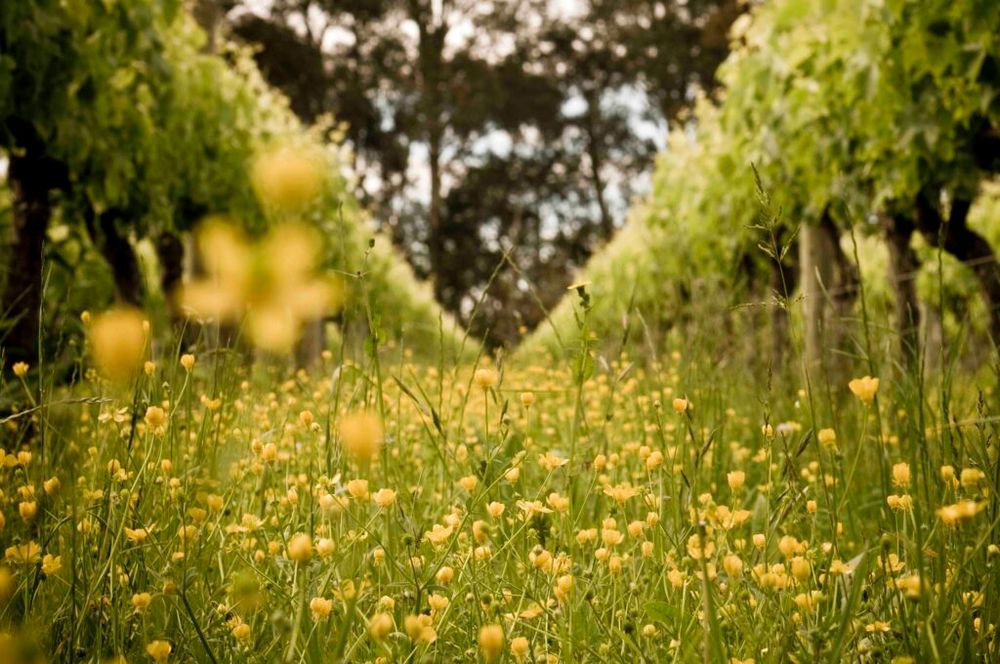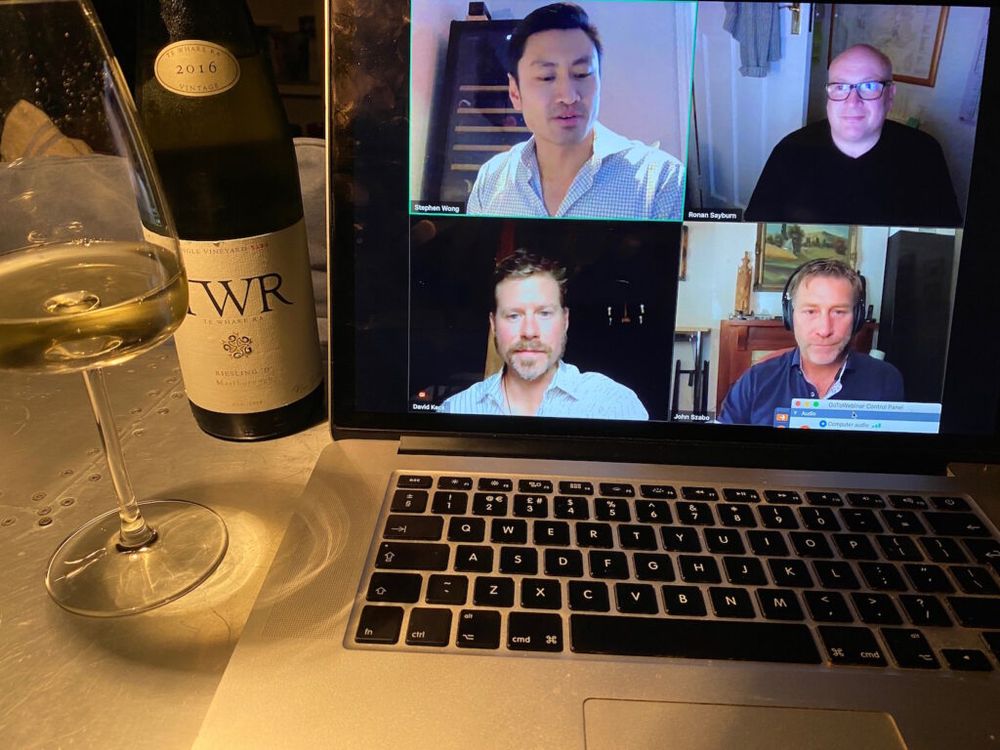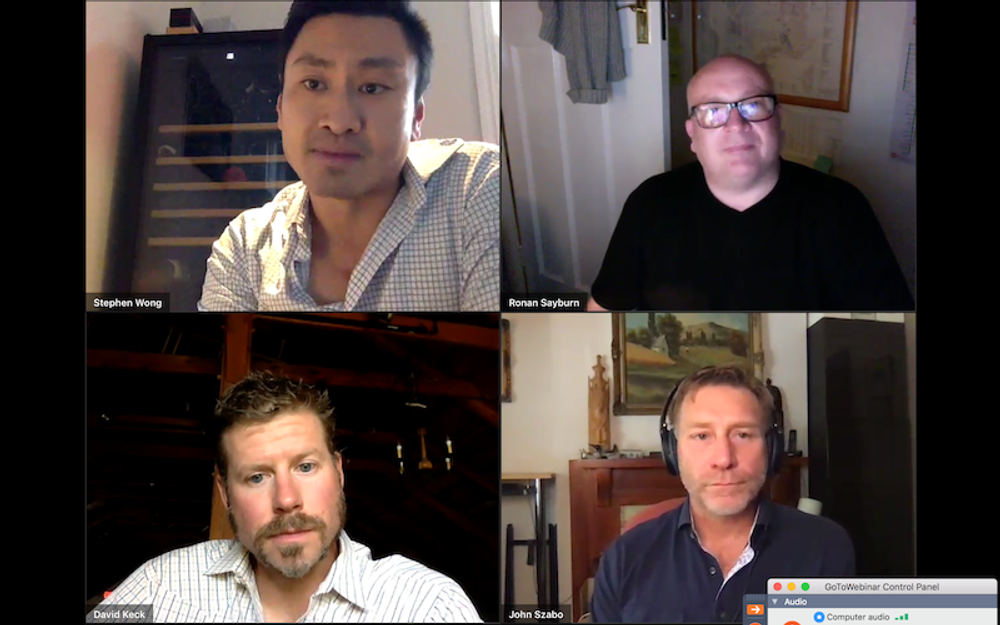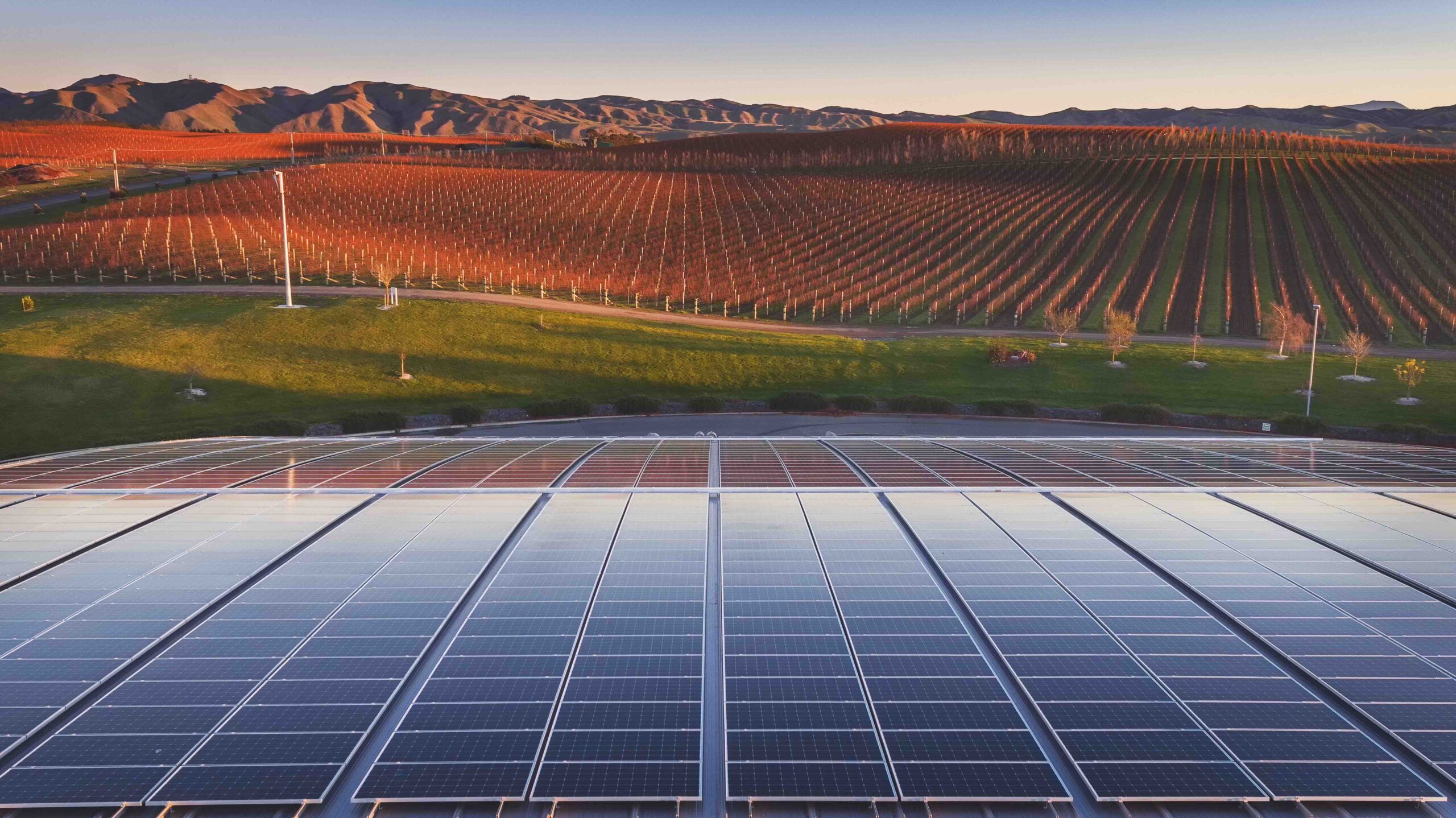Defining organic, biodynamic, sustainable, and natural wines may be more complex than it first appears.
Now here’s an idea to make you sit up and take notice: instead of making “sustainability” a selling point that warrants a sticker on a label, why not make it the norm?
That was the opening gambit last night from John Szabo, Canada’s first master sommelier, when he used the fourth New Zealand Wine Diaries webinar to throw down the gauntlet to the wine industry.

New Zealand Winegrowers set up the world’s first national sustainability programme, which began in 1994 and now covers 98% of the country’s area under vine.
Szabo’s premise was that wine producers already need to be part of a sustainability scheme in order to be promoted by New Zealand Winegrowers, the industry’s trade body and organiser of last night’s online gathering.
But why not go further – why not make membership of a sustainability scheme a requirement before a winery is allowed to export its bottles?
Or if a winery wants to carry the name of its appellation or region on its label – Hawke’s Bay, Marlborough, Central Otago – then why not make sustainability a requirement?
“If you want to call your wine Sancerre or Mornington Peninsula or Niagara Peninsula, worldwide we should move to requiring certification, at least at the ‘sustainability’ level,” Szabo said.
“Let’s make the entire wine industry sustainable and if you’re not sustainable then you have to declare it.
“Forget the sticker saying that you are; if you’re not then you have to declare that ‘I’m unsustainable’ and let’s see how far you get in the market.”
Szabo supported his idea by pointing to growing consumer interest in sustainability.
Master of Wine Stephen Wong, who chaired last night’s webinar from New Zealand, likened Szabo’s suggestion to a comment made by winemakers Anna and Jason Flowerday at Te Whare Ra (TWR), a vineyard and winery in Marlborough, who “jokingly proposed” that farmers who use chemicals should have to pay for stickers on their labels saying they’re chemically-farmed, rather than organic farmers having to go through the expense of getting organic certification.

It just so happened that we were drinking one of TWR’s wines watching the debate!
Ronan Sayburn, head of wine at vino-focused private members’ club 67 Pall Mall in London and chief executive of the Court of Master Sommeliers Europe, highlighted how younger consumers were interested in transparency – sometimes even more so than quality.
Master sommelier David Keck, who is currently converting his vineyard at Vermont in the United States to organic farming, worried that removing accreditation from labels might mean consumers care less if they’re not making a conscious decision to support sustainability.
“I agree philosophically,” smiled Keck, “but the joy right now is that organics, biodynamics, natural wine, sustainability, are driving the market in an interesting and a positive way.
“If that becomes the norm and you’re not putting it on your label then it loses its sexiness.”
Szabo countered: “We’d have to go back to marketing based on quality – imagine that as a radical change, right? We’d be back by 50 years, but ahead by 100.”
His comments turbocharged the debate during last night’s seminar, which was entitled ‘Organic wine – dispel the myths and embrace the future’.
Szabo admitted “sustainability” was a “nebulous concept”, but pointed to the need to include not simply environmental sustainability but also financial sustainability to ensure companies’ survival and the importance of the people within those businesses, including through wages, housing, education and meals.

New Zealand already has 73 vineyards and 111 wineries that have been certified as organic, around 10% of its total
Wong highlighted how New Zealand Winegrowers had set up Sustainable Winegrowing New Zealand (SWNZ), the world’s first national sustainability programme, which began in 1994 and now covers 96% of the country’s area under vine.
SWNZ mirrors Szabo’s three pillars by encompassing six of the United Nation’s sustainability development goals: water; waste; pest and disease; soil; climate change; and people.
Keck explained that, while organic definitions differed from country to country and continent to continent, on the whole they represented a move away from using chemical treatments.
Yet Keck drew on his own experience in Vermont’s damper climate; he pointed out that not using chemicals meant he was passing through his vineyards more often on his tractor to apply organically-permitted copper and sulphur, which increased his carbon dioxide emissions.
Szabo also highlighted the high cost of converting to organic and biodynamic farming, especially for new vineyards without deep pockets.
New Zealand already has 73 vineyards and 111 wineries that have been certified as organic, around 10% of its total, Szabo said, with Sayburn putting the figure in context against 11% in Spain, which dwarfs New Zealand’s output.
Sayburn explained that biodynamic farmers followed the principles initially laid out by Austrian philosopher Rudolf Steiner, summarising them as turning a vineyard from a monoculture into a richer ecosystem with other plants to enhance the vines’ strength.

Last night’s debate, along with the other three, is available on New Zealand Wine Europe’s website
The masters again used wines to illustrate their points, with a plethora of biodynamic producers being highlighted, ranging from Pyramid Valley Lion’s Tooth Chardonnay and Felton Road Block 2 Chardonnay, through to Seresin Sauvignon Blanc and Quartz Reef Bendigo Estate Single Ferment Pinot Noir.
“Who knows what natural wine is?” laughed Sayburn.
While all four masters agreed natural wine was much harder to define, they noted how France was already trying to codify the category.
Wong pointed out that natural wine had begun as a rebellion against strict production rules in many European countries, but arose through a different route in New Zealand, as wineries moved into their second or third generations of winemakers.
He also highlighted a difference in consumer perceptions of natural wines – while those over 30 who were already familiar with fine wine may allow for a small number of “faults” in natural wine, many consumers under 30 were actively seeking out those “faults” as the flavours they wanted.
Sayburn suggested one reason was the popularity of sour beers and hop-driven creations from craft breweries.
Some of the more esoteric wines being enjoyed across the four time zones included Millton Libiamo Field Blend, Churton Petit Manseng, Deep Down Pinot Noir and Black Estate Home Cabernet Franc.
Last night’s session was the fourth and final instalment in the current series, which kicked off back in April with a discussion on the next steps for Sauvignon Blanc, before moving onto Chardonnay and Pinot Noir in May, and then post-Covid growth through alternative grape varieties, sub-regions and sustainability in June. Click the links to read the features.










































